Yarn Dyeing with Mothy and the Squid
By Michele Thymmons and Jillian Gabrielsson of Mothy and the Squid
Note - This post contains affiliate links, which means I will make a commission at no extra cost to you, should you click through and make a purchase. Of note, I would not recommend anything that I have not purchased or would not purchase for myself. I have and will continue to purchase many yarns from Jillian and highly recommend her to you.
The sea has so many vibrant colors and not just blues but whites, grays, purples, yellows, browns, and so many more! Have you ever seen some of these gorgeous colors in the sea or nature and wished they were yours to have forever? To create something unique, one of a kind (also known as OOAK), and long lasting but have no idea where to start? Jillian (who lives by the sea :)) helps you out with this desire by not only providing you with amazingly beautiful and oh so soft yarn (I have some myself that I still can’t decide what to make that will do justice to them). She also shares some of her own hard won tips below. Read on to learn more about Mothy and the Squid and to start your journey with creating your own masterpiece.
Dyeing yarn is an increasingly popular hobby and profession but it can be difficult to know where to start. In this article I will briefly describe my own experiences and then offer some useful ideas and resources that might help you get creative with yarn.
I rediscovered knitting whilst pregnant and breastfeeding. It gave me something to occupy my hands and mind when I couldn’t be as active as usual. Very quickly I found I had ideas that required yarn I could not find. In particular, I wanted rainbows that no one sold. It might seem odd now, as they have become so fashionable and widespread that it seems every dyer has produced their own version, but I scoured the internet and Etsy in particular with no luck.
It wasn’t long before I began thinking of how I could create the colourways I wanted myself. A great way to start is to use food coloring. You wan the old fashioned stuff full of e-numbers rather than the natural alternatives most supermarkets now keep. There are two main sources for these: your parents/grandparents kitchen and eBay. If you can get a yellow (such as tartrazine e102), a blue (eg brilliant blue e133), and a red (like ponceau e124), you will be able to mix the rest. They are most commonly available as powders but specialist Indian food shops sometimes keep the little liquid bottles you may remember from your youth. An alternative is Kool Aid, but be sure to buy the sugar-free kind!
Food coloring is so great for starting out because it is pretty safe (you can eat it!) and easy to use. If you have the powder it is prudent to either use a face mask while dissolving it or do it outside whilst breathing in the other direction. Once in solution they really don’t pose much risk of anything apart from mess! Wear gloves or you’ll stain your hands and tie back long hair. I still make use of food coloring for children’s dye workshops and it works like a treat.
In order to get creative with food coloring, you’ll need a couple of other things. Some wool, jugs for mixing and pouring, a bowl or tray to work in, nitrile gloves, a mild acid and a heat source. They work like acid dyes in that the nomination of heat and acid promotes permanent bonding of the coloring to the proteins in your fibre. Let’s go quickly through each of these things.
In terms of wool, experiment with some inexpensive yarn spun from sheep’s wool. If you want sock yarn, nylon is fine as that also takes up the dye. Avoid vegetable fibre as these require a different type of dye, and artificial yarn such as acrylic. I began using Drops yarn in their white/ecru colors.
For jugs I suggest a trip to the pound shop (or dollar store) to get enough for you to mix many different colors at once. These can be cheap plastic ones and you’ll be able to reuse them for dyeing of years. You might also want to try a dropper/pipettes, plastic syringe or plant spray to create different effects.
Your acid options are available in supermarkets: clear white vinegar or acetic acid condiment, or citric acid as used to make lemonade. Both are mildly acidic and safe enough to be edible in food. Of course, they can cause skin irritation if you immerse your hands in them for prolonged periods so there’s another reason to wear gloves!
To fix the food dye to your yarn, you will need to heat it in a damp acidic environment for at least 20 minutes. This can be done in your microwave since the colorings are food safe, so long as you don’t mind the risk of staining, or in a saucepan/pot of water on the hob. Again, because these are edible dyes, a thorough clean means you can return crockery to food use afterwards. It’s much easier, though to designate one pot for dyeing and keep it separate. Once you move on to professional acid dyes this becomes a necessity as they are not for eating!
To get started, soak your wool in warm water with your acid of choice for 30 minutes. While that’s in progress, make up some of your dyes. Experiment to find your own dye style. Once colored, heat fix your yarn for at least 20 minutes. It will need to remain damp or wet throughout to avoid burning. If you are using a microwave do not forget to watch it closely and stop it to stir regularly to minimize hot and cold spots. Once fixed, allow your yarn to cool and rinse thoroughly to remove any excess color.
Most indie dyers won’t share their resources because it’s such a competitive market but I think there’s room for us all. With that in mind, here are a few useful sources it has taken me years to find.
Chester Wool Company - An excellent source of yarn for dyeing
Yarn Undyed - As above but with a different selection for you to try
Rooster Yarn - Another one for more variety
Colourcraft - Lovely dye colors based in the UK. The staff are helpful and will advise if you have questions.
Dharma Trading - US stock lists of a massive range of dyes and other useful products. These guys also have loads of resources (how to, safety info, advice) available and you can ask them anything.
Note - This post contains affiliate links, which means I will make a commission at no extra cost to you, should you click through and make a purchase.
Everyone creates, designs, and learns things differently. With this in mind, I have included groups, communities, and guilds for fiber/dyers/yarn and what they focus on below. Let me know if there are additional ones you think would be good to add.
Yarning for you is a community of knitters, crocheters, and fiber art lovers who have a shop in San Diego, California. They are always on the look out for independent dyers to support from around the world.
Fibershed is a group that helps to build communities for fiber growth and use. You can join them as a supporter or a producer and become a part of this community. They also have education, fiber systems research and more about the textile economy. There is also a full producer directory and events they are a part of.
Rowhouseyarn is shop that pulls its yarns from those that monitor the sourcing of their fibers. They created a KnitSchool which is a digital way of learning and is focused on the knitter and creating a community.
Knitting and Crochet Guild is a UK based organization dedicated to UK knitting and crochet and anyone can join. Members get access to local meetings in the UK, exclusive pattern downloads and discounts and much more! They also have a large list of local yarn shops to buy local yarn and find classes.
The Association of Guilds of Weavers, Spinners, and Dyers is a UK based association that acts like an umbrella organization and a central coordinating body according to their website. You can find a full list of guilds, events and news, and find out more about the journal - a quarterly magazine published in February. You also have the opportunity to complete a certificate of achievement in Spinning, Weaving, Tapestry Weaving, Natural Dyeing or Synthetic Dyeing or a Foundation Course in Spinning.
IndieDyerHub is a place where you can search for indie dyers worldwide. You can also submit yourself and your business as a entry on this and potentially get a featured listing!
New Hampshire Spinners & Dyers Guild is a group of over 150 members from New Hampshire, New England, and the USA. All fiber artists are welcome from spinners, knitters, dyers to anyone that enjoys fiber. They have several meetings a year and workshops as well.
Thank you for joining us for this yarn dyeing Maker Feature! Check out Jillian’s website and her Etsy Shop for tons of amazing yarns that make you want to buy all the yarn for every project you ever wanted to create. And they are oh so soft!! For additional Maker Features on yarn dyeing, clay sculpting, woodcarving, build your own pattern, and launch your own blog check out the Start Here page to find all these and more. I’d also love to hear from you about what types of resources you want more information on as well as Makers you would like to nominate for a Maker Feature! Please email me or leave a comment on this article! Looking forward to hearing from you and have a great day!
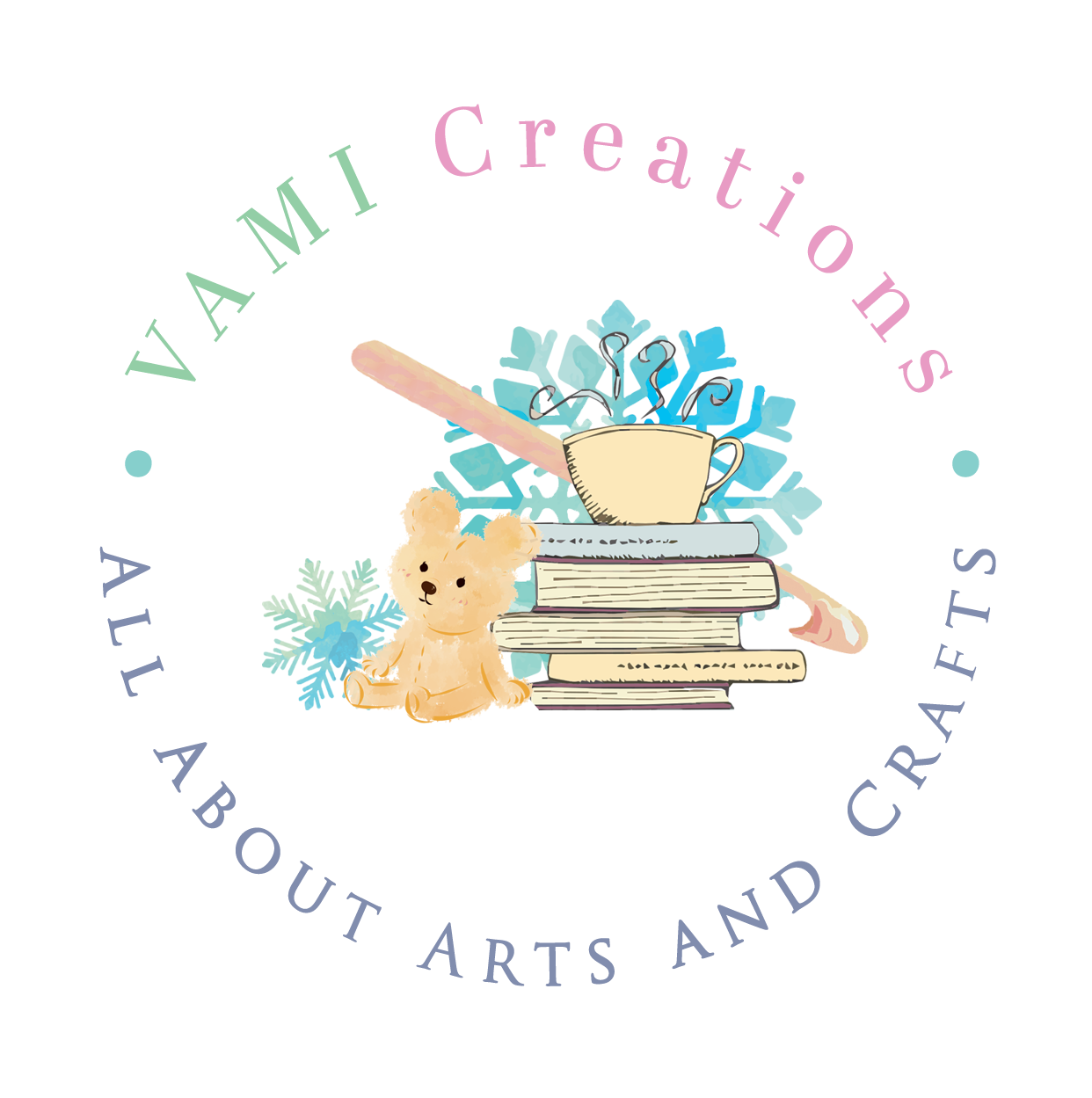
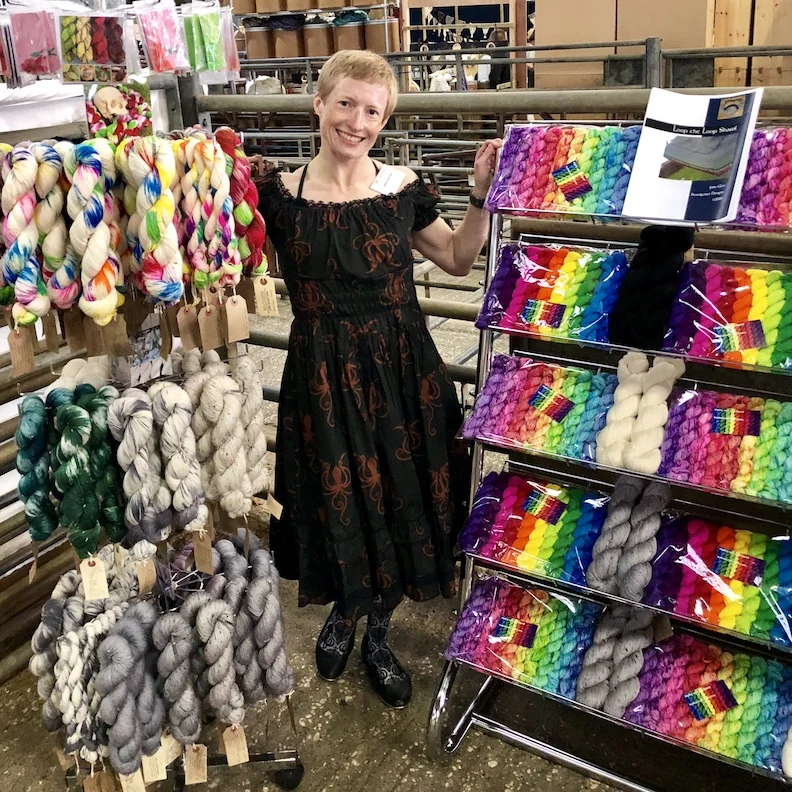


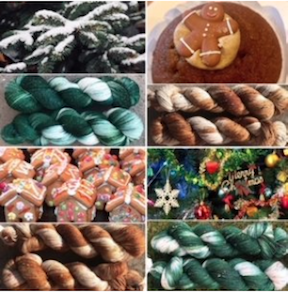
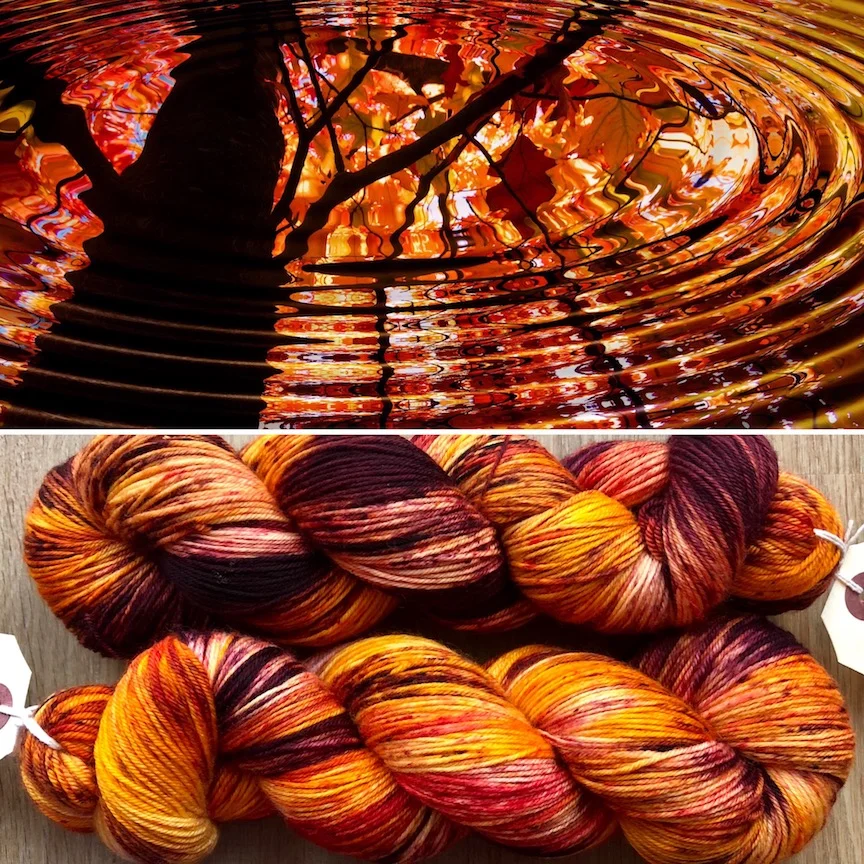





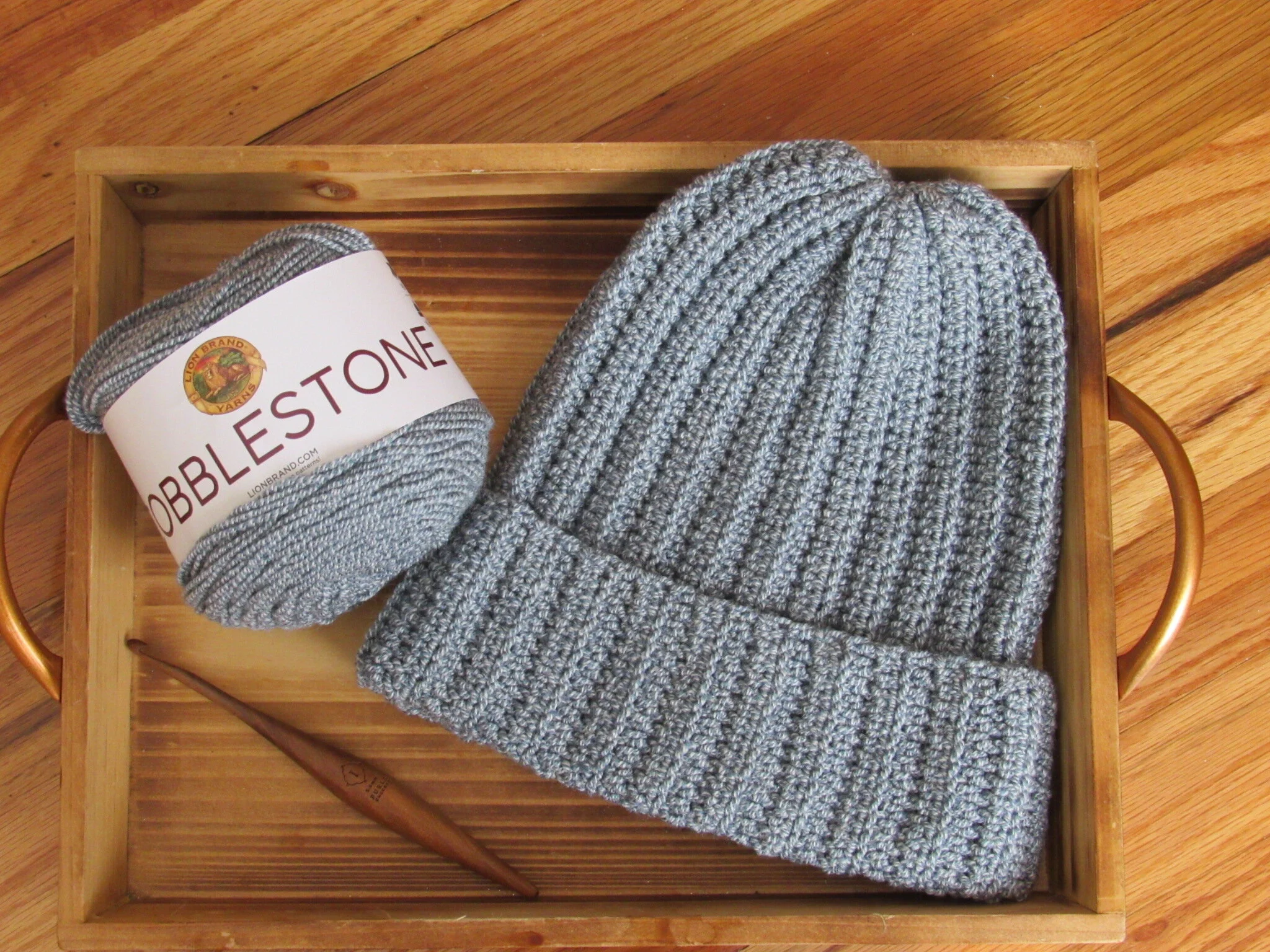

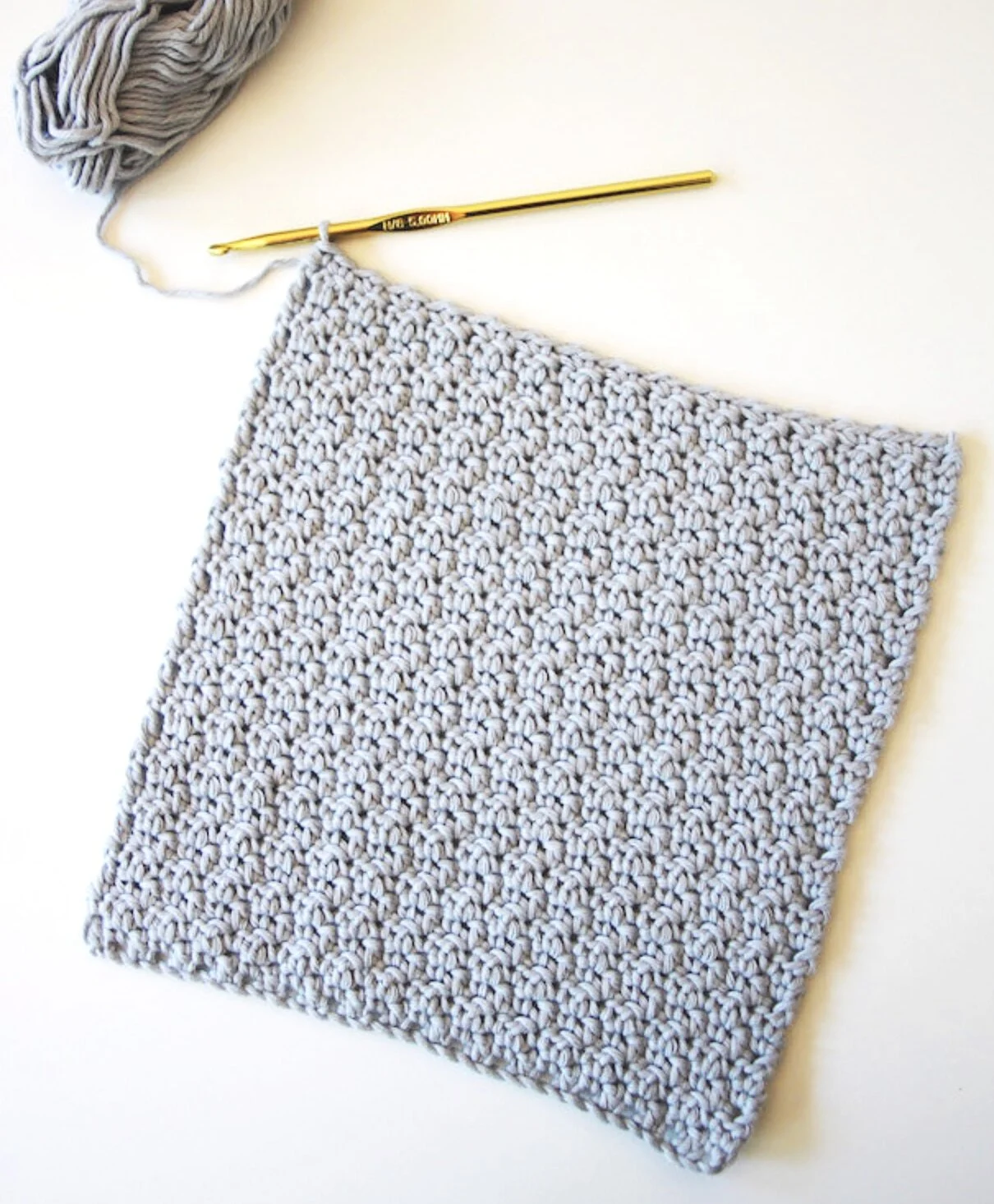


Hello everyone!!! Have you ever seen some of the gorgeous crochet pieces floating around Instagram and wondered how they are made or even if you could make them yourself? You can!!! That is what this how to crochet series is all about! You will have the chance to meet a number of different designers and find amazing patterns and creations done by them and and others :) . I am so excited that you are here and wanting to start crocheting! It is such a wonderful thing to work with your hands and make something that you or a loved one can wear. You can even make things to sell!